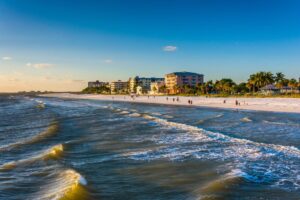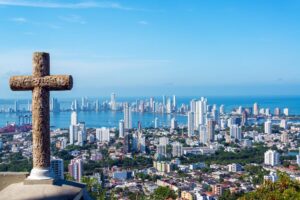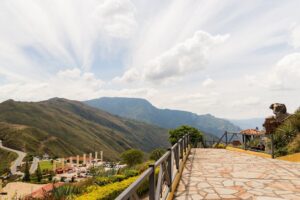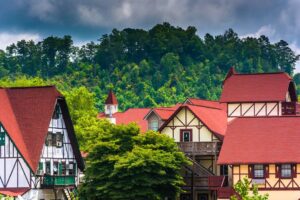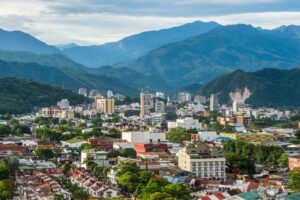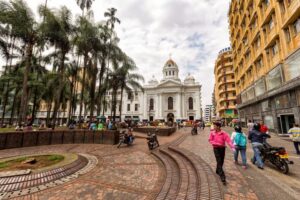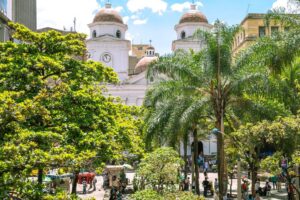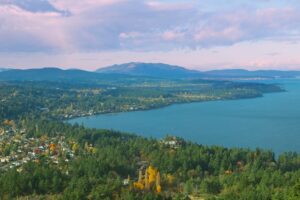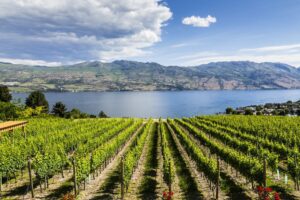Florida is the southeasternmost state in the United States, bordered to the east by the Atlantic Ocean and to the west by the Gulf of Mexico. Consequently, it features hundreds of miles of sandy beaches, wildlife reserves, and vibrant cities steeped in Latin American and Caribbean cultures. While numerous visitors flock to Florida for popular attractions like Miami or Disney World, there exist many secluded beaches, natural attractions, and parks beyond the urban centers that showcase stunning beauty and are less frequented than Orlando or Fort Lauderdale. Prepare your sunscreen and camera, and embark on an adventure to uncover Florida’s hidden treasures. With such an abundance of remarkable locations, you will find ample opportunities for exploration.
Read More




